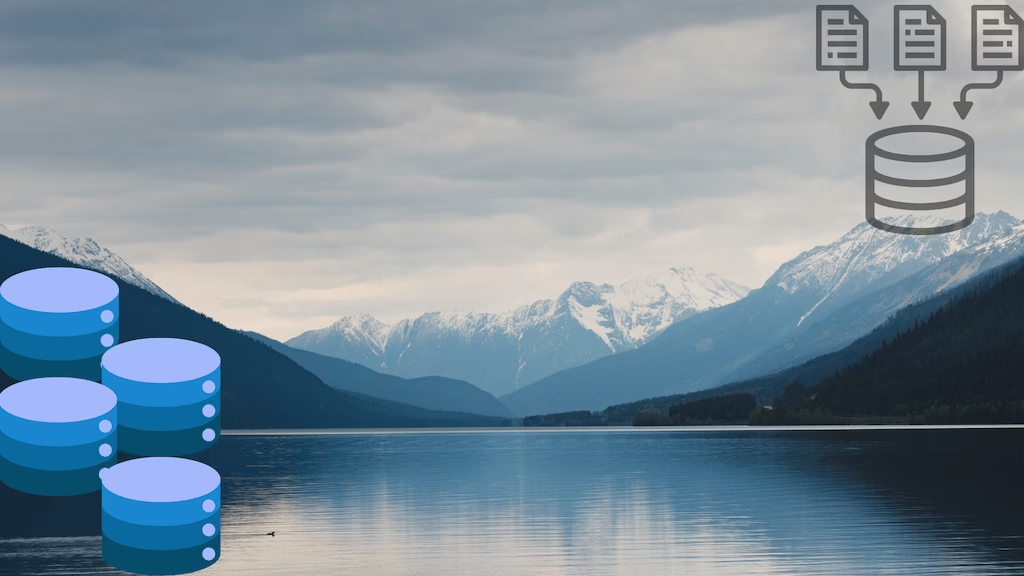Why Data Governance is Essential: Data and AI Platforms
There’s a well-known saying in the data world: “Garbage in, garbage out.” This phrase captures a fundamental truth about data platforms: no matter how advanced the technology, the output quality is only as good as the quality of the input. This becomes especially relevant when dealing with modern AI systems such as Generative AI (GenAI), which rely on vast … Read more






